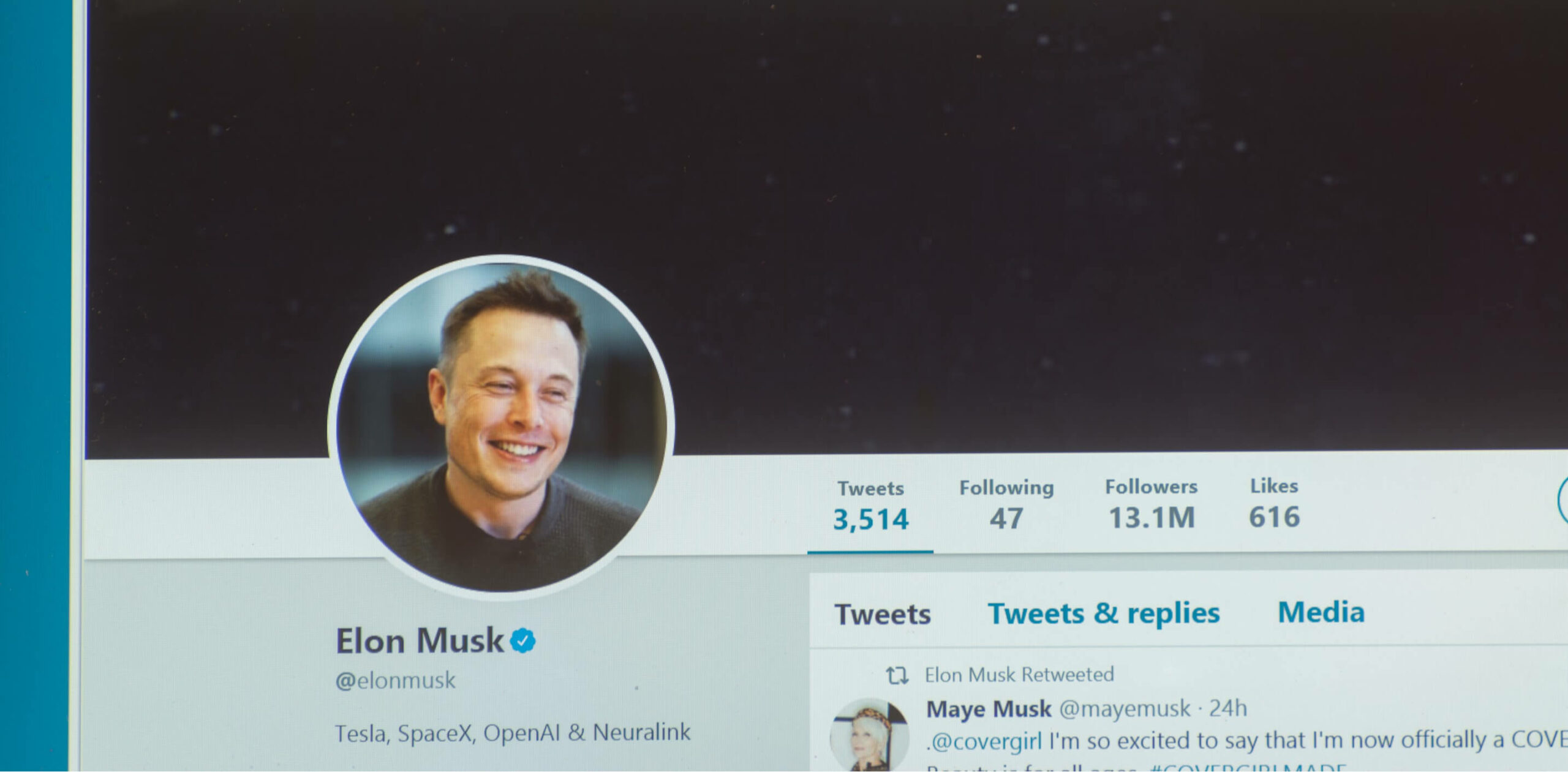Let’s get one thing out of the way. I never particularly liked the name “Twitter” and I hated to say someone “tweeted.” So, even as a former power Twitter user, I don’t feel very sentimental about Elon Musk’s recent decision to change its brand to “X.” But that’s just because there are so many other reasons to look at Twitter’s new name and logo as the rearranging of deck chair cushions on a rapidly sinking platform. It’s an unusual approach to a rebrand, and not in a good way.
Did they articulate a rationale for Twitter’s new logo?
First, the positive. The news does have one feature of a successful rebranding. A rebrand should always signal a positive change, like the addition of new features, a fresh direction, or, as in this case, new services. Twitter has (very aspirationally) tried to link the new brand to coming attractions, and in fairness, Elon Musk has often mentioned adding new services to the platform. He even changed the corporate name to “X” a couple of months ago, so that one isn’t new. So far, so good.
But the messaging makes no sense
Yet the messaging is incoherent. It doesn’t articulate much about the new X platform. Musk originally posted that the new brand was to “embody the imperfections in us all that make us unique.” Huh? What does that mean? He then gleefully alluded to “blowtorching” the Twitter sign off the headquarters building, which, when taken with past comments about the pre-Musk company, sounds like he’s killing the old logo out of anger. Is X the spite rebranding? (Or, as I originally thought, is he naming it after his toddler son with Grimes?) There are many, many questions that have not been answered and in all probability, were never considered.
Individual executives are not aligned
Meanwhile, the company’s new CEO Linda Yaccarino, who has to be wondering what she’s gotten herself into, tweeted in her typical cheerleading style about a litany of new services for the platform, like messaging, audio, and even banking and payments. And, did I mention they will use AI? The buzzy new tech is thrown onto the laundry list like an afterthought. As with earlier Musk pronouncements, Yaccarino’s tweets come after the fact and give the strong impression that she’s trying to clean up Elon’s mess. As for services like payments, I cannot in any world imagine that even heavy Twitter users are clamoring to pay their bills on the platform. Even the diehards are likely to be skeptical of any frills, given the deterioration of even its most basic functionality. The only people buying the rebrand are Elon sycophants and the bots that seem to applaud his every tweet. But even the fans are just trying to project their own wish list onto the change.
The real “X-factor”
And then there’s the name itself. I suppose it could also suggest mystery or intrigue — as in “x-factor” — and maybe that’s what Musk is shooting for. More than anything, to me, “X” connotes closing out of a document or platform. When I logged into Twitter this morning, I reflexively wanted to close out (though possibly not just due to the name.) Others immediately think of pornography. To most of us, “X” means “no” or “eliminate.” As Emily Nussbaum summarized, “I like the fact that “X” manages to be boring, confusing AND negative, which makes it an ideal brand for Elmo’s site.”
Finally, the replacement of an iconic brand with 17 years of equity among even casual users as well as journalists, influencers, celebrities, and politicians, seems to have been announced with no real user or market research. It comes across as another erratic move by Musk that does nothing to address the platform’s growing challenges.
There’s a difference between authenticity and “winging it”
A typical rebranding follows a fairly well established process. It starts with research and includes a creative brief, drafts and redrafts of messaging, market testing, iterations, refinement, and a final decision about visual identity, colors, usage standards and style guidance, meaning, announcement strategy, stakeholder outreach, and a comprehensive Q&A so that every single question is anticipated and addressed before rollout.
Yet there’s no law that the standard process has to be followed. Some brands have invited their own employees or customers to weigh in before rebranding. Others have adopted a more iconoclastic approach, and entrepreneurs typically have a lot of leeway. (I know someone who bought his PR business back from a private equity company and rebranded it after his childhood nickname.) There can be something refreshing about breaking the rules and offering a touch of whimsy or humanity.
But the approach Musk has taken is not that. The rebrand from Twitter to X has all the hallmarks of an impulsive decision made in the middle of the night by a guy who resents everything about the company he overpaid for. He doesn’t seem to be addressing the very real problems Twitter faces but is looking to distract with fresh news that’s clearly ego-driven. Maybe I’m wrong, and Musk’s platform will benefit from all the attention and gain fresh traction from curiosity-seekers and people who never liked Twitter in the first place. But I can’t see a strategy here. In other words, he’s just winging it, which is very bad news for the bird app.



